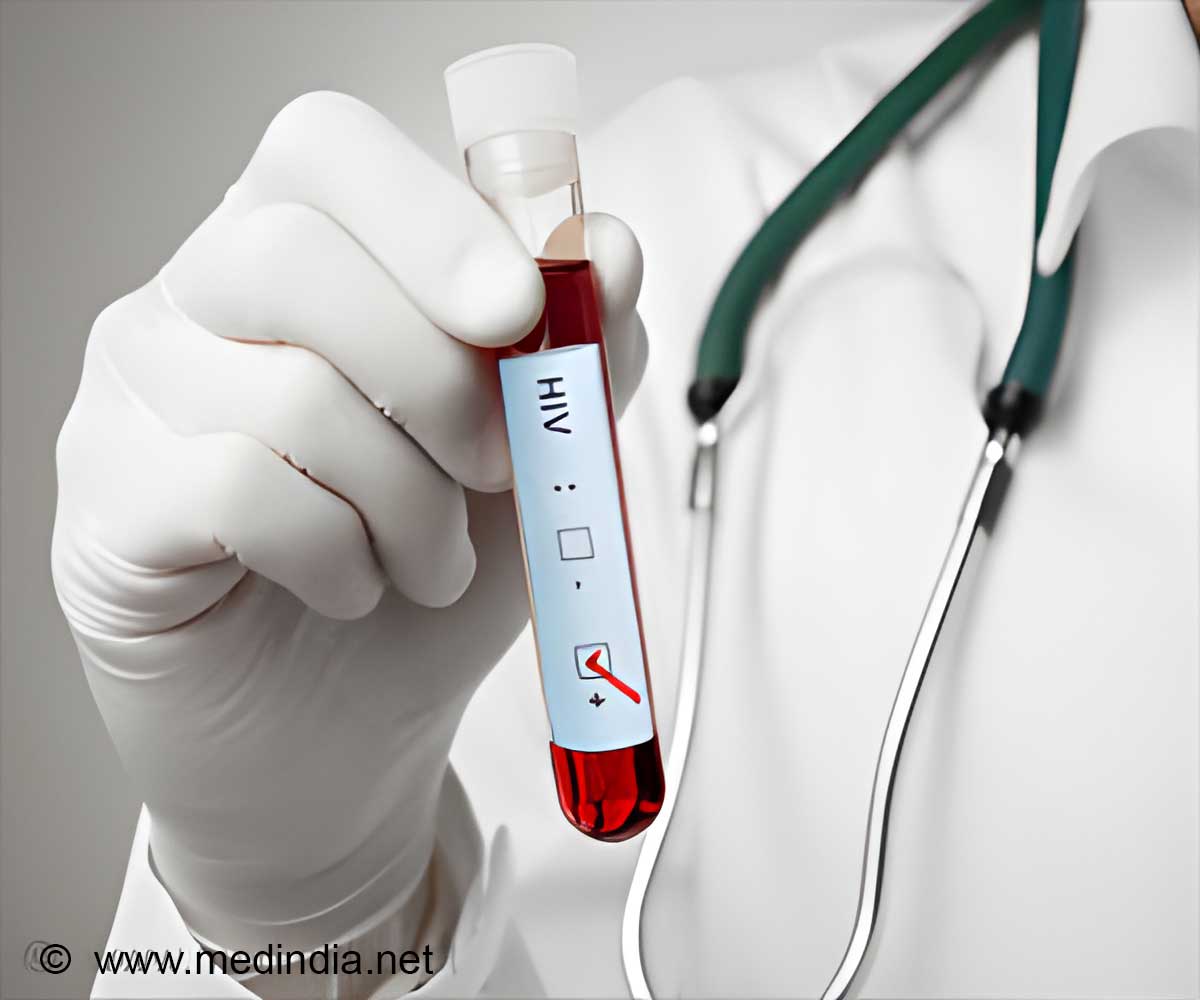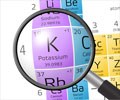A new study sheds light on treating and managing hyperkaleemia (too much potassium in the blood). Hyperkalemia may cause respiratory muscle weakness.

‘The researchers add that nephrologists tended to start therapy at a higher range of serum potassium/potassium in the blood (6,0–6,5 millimoles per litre [mmol/L]), defined by many as moderate to severe hyperkalemia.’





He conducted the research with colleagues Prof Usuf Chikte (Division of Health Systems and Public Health, Department of Global Health) and Dr. Razeen Davids (Division of Nephrology, Department of Medicine). They conducted the first comprehensive survey in South Africa among specialists in nephrology, internal medicine, emergency medicine, and critical-care medicine to evaluate their knowledge regarding the diagnosis and management of hyperkalemia, with a focus on insulin-based therapy.
Insulin-based Therapy for Hyperkalemia
Insulin-based therapy is the most favored pharmacological method for treating hyperkalemia. Dextrose (a type of sugar) is usually co-administered to prevent low blood sugar (hypoglycemia).“Our aim was to identify knowledge gaps and to inform the development of learning resources to guide the optimal management of this life-threatening condition.”
The findings of their study were published recently in the African Journal of Nephrology.
Advertisement
They identified important shortcomings regarding the knowledge and management of hyperkalemia among medical specialists.
“Two-thirds of respondents routinely performed an ECG before deciding whether a patient required treatment for hyperkalemia, with more non-nephrologists performing an ECG. Nearly three quarters of respondents thought that there was a poor correlation between potassium and the presence of ECG changes.”
“We speculate that this is because of the high frequency with which they encounter patients with severe hyperkalemia.
“Regarding pharmacological therapy, all the respondents indicated that they regarded insulin and dextrose therapy as the most effective and reliable method for shifting potassium into cells. This was not surprising because insulin-based therapy is regarded by most authorities as the cornerstone of treatment.”
According to researchers, fewer than half of the respondents were aware that serum potassium would reach its nadir at 60 minutes after insulin was administered and less than two-thirds indicated that they anticipated the potassium value to return to its pre-shift value. Only a third expected this to occur at 4–6 hours following insulin therapy.
“Of concern was the low expectation of hypoglycemia by respondents, with only 14% anticipating hypoglycemia between 2–3 hours after insulin had been administered and 22% indicating that hypoglycemia was uncommon if dextrose was co-administered. Only 30% checked the glucose concentration in the blood at two hours, and only 22% at three hours.”
Hyperkalemia: Treatment Recommendations
Based on the knowledge gaps that they have identified, the researchers make a few recommendations that could help medical specialists in the treatment and management of hyperkalemia.They say medical specialists should start therapy when potassium is higher or equal to 6 mmol/L or when they notice any degree of hyperkalemia that is accompanied by symptoms or ECG changes.
“An ECG should be performed on all patients. Calcium salts should be administered only when there are ECG changes. Calcium salts are used to protect the heart from the dangerous effects of hyperkalemia.
“Short-acting insulin should be administered as a push (bolus) of 10 units, intravenously. Lower doses (five units) should be considered in patients with chronic kidney disease and kidney failure.
“Patients should be monitored for symptoms of hypoglycemia, and serum glucose concentrations should be measured hourly for at least three hours and up to six hours following insulin-based therapy. The potassium concentration should be checked one hour following insulin-based therapy as this is when the nadir is expected.”
The researchers say their study emphasizes the need to address knowledge gaps, particularly around the optimal and safe use of insulin-based therapies. “Our findings and recommendations should be useful in informing the development of consensus guidelines and educational resources on hyperkalemia.”
Source-Eurekalert











